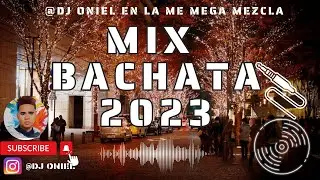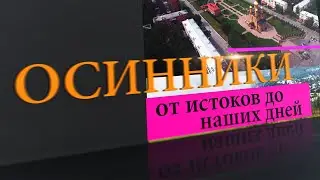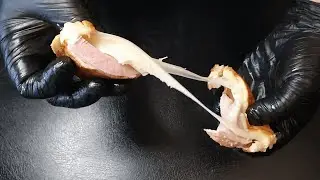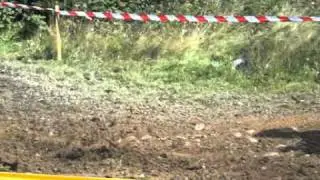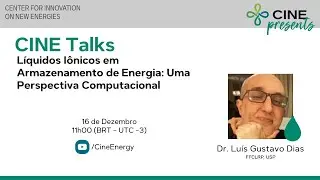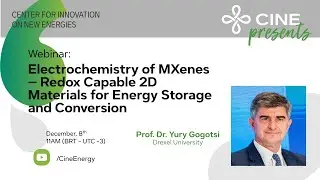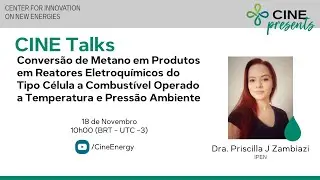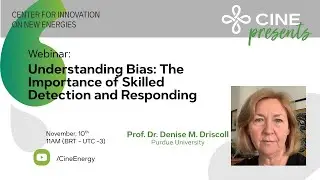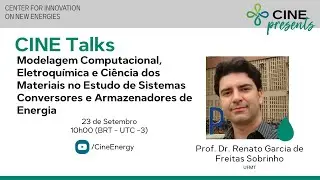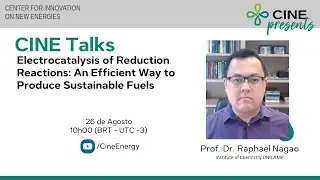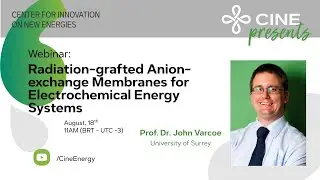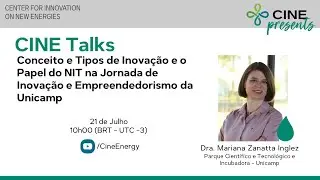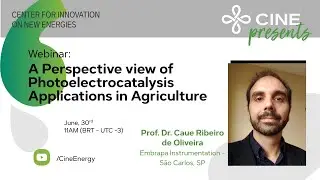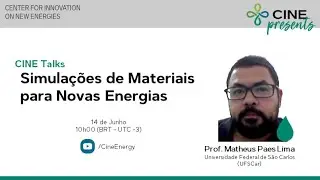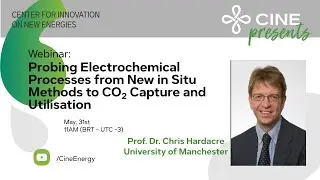CINE Webinar: Probing electrochemical processes from new in situ methods to ....
Probing electrochemical processes from new in situ methods to CO2 capture and utilisation
Chris Hardacre is Head of the School of Natural Sciences at the University of Manchester. He obtained a PhD from Cambridge University in 1994 and moved to Queen’s University, Belfast in 1995 and was appointed as Professor of Physical Chemistry and became Director of Research of the Centre for the Theory and Application for Catalysis (CenTACat) in 2003. In 2016, he moved to the University of Manchester. Through his work in ionic liquids research, he was awarded the Royal Society of Chemistry Encouraging Innovation Award with Merck Chemicals Ltd and was part of the team to win the Queen’s Anniversary Prize for Further and Higher Education and in 2013 was the inaugural winner of the IChemE’s Andrew Medal for catalysis. His group has strong research interests in catalysis and ionic liquids. Current catalytic projects range from water gas shift and emission control catalysis using thermal and plasma activation to the use of transients to determine gas and liquid phase reaction mechanisms to liquid phase hydrogenations under batch and flow conditions to low temperature fuel cells and clean energy conversion.
Abstract:
The absorption of CO2 in a variety of ionic liquids (ILs) has been widely reported in the literature and it is well known that their tunability allows them to reversibly absorb over equimolar amounts of CO2 in comparison to other solvents. This high CO2 capacity, paired with a low vapor pressure and increased thermal stability, means that they have been proposed as a suitable alternative to the aqueous amine solvents (e.g. monoethanolamine) currently used in industrial CO2 capture plants. ILs have the potential to overcome the disadvantages of volatility, corrosion, and the high energy penalty associated with synthesizing and regenerating MEA. For a sorbent to be used in a separation process it must also be able to withstand poisoning from impurities within the feed stream such as SO2, NOx and water. In this talk, the use of superbase ILs for the capture and utilisation of CO2 will be presented. In particular, the competitive adsorption of flue gas impurities on the sorption of CO2 will be probed and monitored using a mass spectrometry technique as well as understood using NMR and ATR-IR spectroscopies. In addition, the ability of the superbase ionic liquids to activate the CO2 for electrochemical reduction will be shown. The ionic liquid interaction with the CO2 provides a route for the formation of formate at low applied overpotentials. A proposed process for controlling the effect of SO2 on the capture and utilisation using two ionic liquids will be presented.
The presentation will also explore the potential to use modulation excitation (ME) techniques to explore electrochemical reactions. In many reactions it is often difficult to distinguish between spectator species and intermediates. This is particularly true where the number of active species is very small or have a short lifetime. A preliminary study has been undertaken integrating ME with X-ray absorption spectroscopy to study the electrochemistry of the ferrocyanide/ferricyanide couple in aqueous solution. The combination of periodic modulation excitation with Phase-Sensitive Detection (PSD) methods allows an improvement of the signal-to-noise ratio and enhances the sensitivity of the technique

